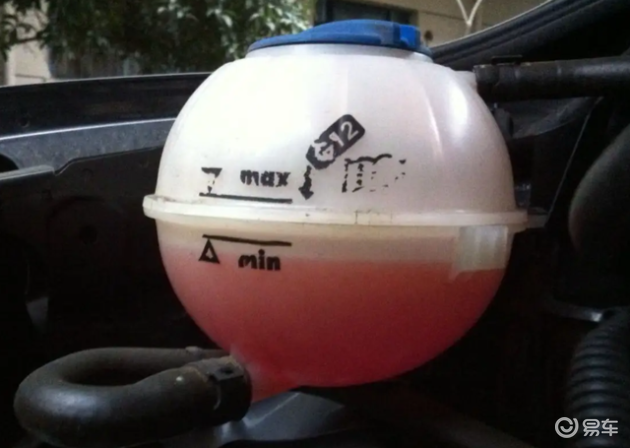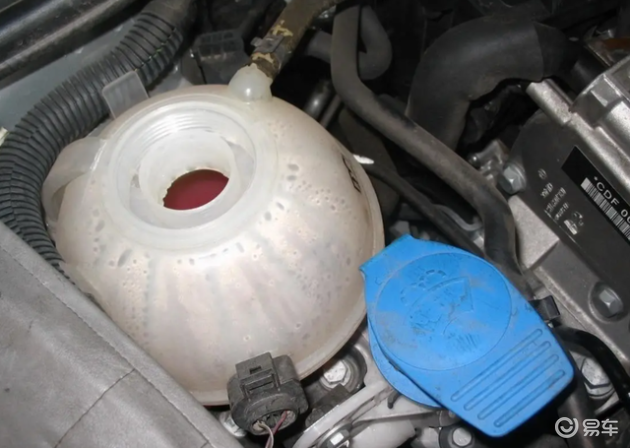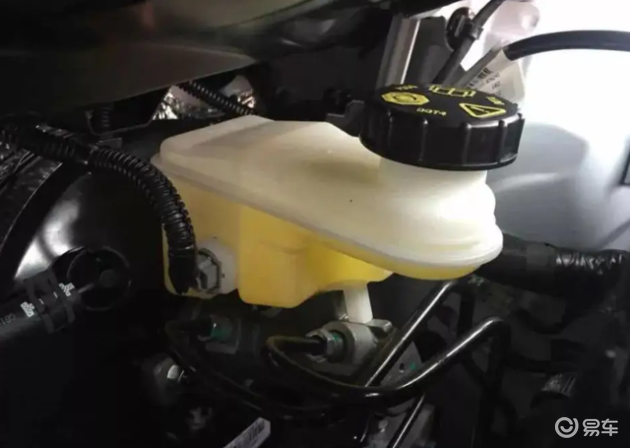What is the reason why the car sprays coolant? Do you know all the reasons?
What is the reason why the car sprays coolant? The fault of spraying cooling liquid on automobile is a common fault of cooling system. Generally speaking, these reasons are: damaged water tank cover, too much coolant, leakage at pipe joints, and damaged water tank. Today, let’s take a closer look.
First, wait for the temperature of the cooling system to drop, refill the coolant and try to empty it. If there is air in the cooling system pipeline, it may also cause the water temperature to rise rapidly and the coolant will be ejected. Secondly, when the coolant is replenished in the water tank and the air is emptied, cover the water tank and the car.

If possible, connect to a computer to monitor water temperature and fan operation. If the water temperature reaches the operating condition of the fan, but the fan only has a low gear, it is necessary to check whether there is a problem with the circuit controlling the high-speed fan. If the circuit is normal, replace the fan motor.
The water cooling system of the engine is a closed circulation system, which is driven by the operation of the water pump. The main function is to absorb the heat generated when the engine is running through antifreeze, and then enter the water tank through circulation, and then dissipate heat through the water tank and cooling fan, and then recycle the dissipated antifreeze to the engine for the next round of heat absorption and dissipation.

Therefore, if the circulation system is blocked, the heat of antifreeze cannot be radiated, which will cause boiling water splashing. If your car is this kind of expansion pot, and the coolant is sprayed from the cover, there are generally two situations. One is that the water tank cover is damaged and the pressure cannot be maintained.
Because the cooling system is pressurized when working, the cover acts as a pressure limiter. Unable to bear the pressure, the coolant was sprayed out. Another situation is that the coolant in the expansion tank is too full. When the system is working, the cooling liquid heats up and expands into the expansion tank to push out the excess cooling liquid.

When antifreeze is discharged from the water tank drain, you can open the water tank cover and check the water flow at idle speed. If it is normal, the fuel filling valve is also normal, indicating that the engine is not faulty and the water tank cover is likely to be faulty. Don’t look at the fuel tank cover, it’s very important. It consists of a spring, a washer and a cover.
If the rubber pad is damaged, antifreeze will be discharged from it when the water pressure is high. If the spring loses elasticity or breaks, antifreeze will be discharged from the side vent when the water pressure is high. The initial exhaust port is the air pressure of the drainage tank.When removing the water tank cover, if there are blisters in the water circulation, or if you press the water tank mouth by hand, it is obviously angry or can’t be pressed.

At this time, the engine is out of order, which may be a waterway.aikidoConnect. In severe cases, oil will deteriorate. If it is not serious, it should be that the gasket of the cylinder head is slightly cracked, or the cylinder head is cracked, then the antifreeze will definitely be discharged from the water tank mouth. Especially when the throttle is turned on, more antifreeze is discharged.
If the water tank is not properly covered and antifreeze overflows from the auxiliary water tank, the return pipe should be blocked, otherwise it may be an engine failure.When the engine water temperature is normal, the throttle and coolant are ejected from the filler. Extrude from the filling port. This problem will be more serious.

When the piston moves upward, pressure is generated in the cylinder, the intake and exhaust valves are closed, and the high pressure in the cylinder enters the water channel from the cylinder gasket gap, forcing the coolant out of the port from the liquid filling, resulting in coolant injection. When the piston runs downward, the cylinder generates downward suction.
Coolant enters the cylinder and flows into the oil chamber, which makes the engine oil deteriorate and dilute rapidly, causing serious consequences of burning the engine bearing bush. The cylinder gasket must be replaced. Replace it in time. In another case, after the water channel of the engine cylinder head is blocked, the high-temperature and high-pressure exhaust gas in the combustion chamber will enter the cooling circulation system from the damaged part, resulting in the increase of the internal temperature and pressure of the system.

It rises sharply, so these high-temperature and high-pressure gases will come out when the lid of the water tank is opened, causing the phenomenon of boiling water splashing. In addition, you changed the thermostat or sprayed the coolant outside. Check the inside of the lower water tank for blockage? If there is nothing wrong with the water tank, there may be something wrong with the engine to avoid more losses.
These are the reasons that may cause the car to spray coolant. I hope it can help everyone.